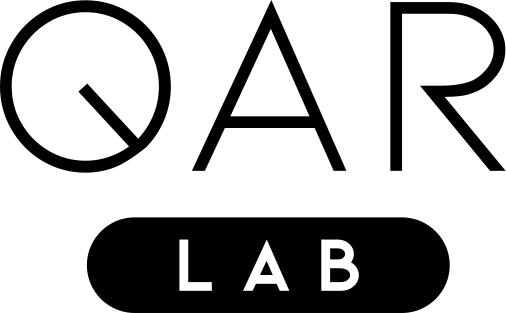Problem-Specific Entanglement in Variational Quantum Circuits
Problem-Specific Entanglement in Variational Quantum Circuits
Abstract:
Over the last ten years, Variational Quantum Algorithms (VQAs), particularly the Variational Quantum Eigensolver (VQE), have emerged as promising approaches for approximately solving optimisation problems on the currently available Noisy Intermediate-Scale Quantum (NISQ) devices, which are prone to errors and quantum noise. In the VQE optimisation loop, a trial quantum state is prepared through a parametrised quantum circuit. A classical optimiser adjusts the circuit’s parameters, while the problem’s cost function is formulated into an Ising Hamiltonian. The cost function landscape’s global minimum is approximated through the iterative parametrised preparation of a trial quantum state, followed by the subsequent measuring of this state and the classical optimisation of parameters. Previous research showed the major influence, that the architecture of the parametrised circuit, so called ansatz, has on VQE’s optimisation performance.
Even though entanglement is a key property of quantum mechanics, it’s not well understood, if it can play a coordinating role in the ansatz circuit of hybrid quantum optimisation algorithms. While previous research showed that entanglement does not provide general benefits to optimisation when implemented in a generic, problem-agnostic way, this thesis investigates the role of problem-specific entanglement in variational quantum circuits, focusing on the Max-Cut problem, which is widely used in this field for benchmarking purposes and has practical applications in fields like very-large-scale-integrated (VLSI) circuit design, social networks and machine learning. The goal is to assess whether problem-specific entanglement structures can outperform problem-agnostic ones. In order to answer this question, we systematically compare different circuit architectures, including problem-specific, generic and randomised entanglement strategies, to analyse their impact on optimisation performance. For the problem-specific circuit design, we map the edges of the underlying Max-Cut graph as two-qubit gates onto the quantum circuit. Our results show that while our problem-specific entanglement approach converges slower across three considered problem sizes, it also consistently achieves similar approximated cost function minima compared to the generic design and shows significantly faster optimisation speeds than the randomised designs. Future work may explore this effect with larger problem sizes. Additionally, experiments in a simulated noisy environment show that quantum noise can accelerate early-stage convergence, possibly due to stochastic perturbations helping the optimizer escape local minima. This effect does not continue and ultimately decrease optimisation in the later phases. Furthermore we noticed, that increasing the amount of entanglement layers leads to diminishing
returns, likely due to over-parametrisation and reduced trainability.
Author:
Benjamin Nicolas Joseph Ring
Advisors:
Tobias Rohe, Julian Hager, Thomas Gabor, Claudia Linnhoff-Popien
Student Thesis | Published April 2025 | Copyright © QAR-Lab
Direct Inquiries to this work to the Advisors

